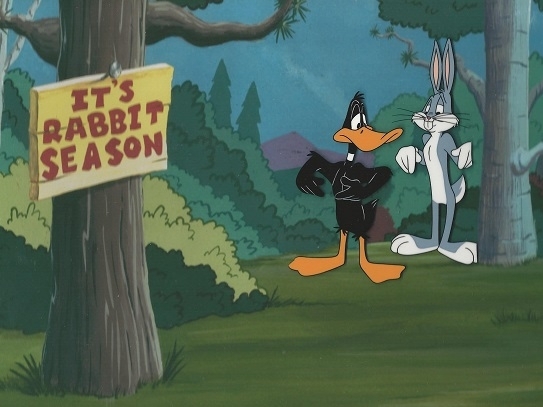When a substitute teacher walks through the doors of the classroom and picks up your lesson plan it may be a foreign language. I can remember countless times a gym teacher or math teach subbed my animal science class. They were afraid to go near the lab never-mind teach in it. So how can we make a substitute teacher feel at ease when assigned to your class for the day?
What was my task?
This week in lab I got to experiment with just that idea. I wrote my lesson plan out and included a ton of details to help guide class through a lesson on the need for fires in the environment.
After developing this plan I had to switch my lesson with a peer and teach their lesson!
How did my lesson go?
I got my lesson on the impact of the animal production in relation to our own lives. We review definitions from the last class and moved on into the how a hobby farm effects our lives. We engaged in conversations about what were good and bad things about the hobby farm.
 Gems: Temperature checks of what we agree and disagree with when going over vocabulary. This helped me as a substitute see if the answer was right or wrong if I do not know 100%. I was the most confident I have ever been in this lesson!
Gems: Temperature checks of what we agree and disagree with when going over vocabulary. This helped me as a substitute see if the answer was right or wrong if I do not know 100%. I was the most confident I have ever been in this lesson!
Opps: Introducing myself when entering a new class. Just because I am the substitute does not mean my students do not need to connect with me too. I also need to watch how I call on students and rotate between allowing students to answer.
Reflection
Overall I gained respect of a substitute teacher. Coming in and reading/interpreting someone else's plan is hard work especially if you are not a content expert. If I am leaving a plan for a sub I need to be clear and make it simple for someone who has NO background in my content area.
"How do you design lessons that advances the class in content but, is easy for a sub with not content knowledge?"









